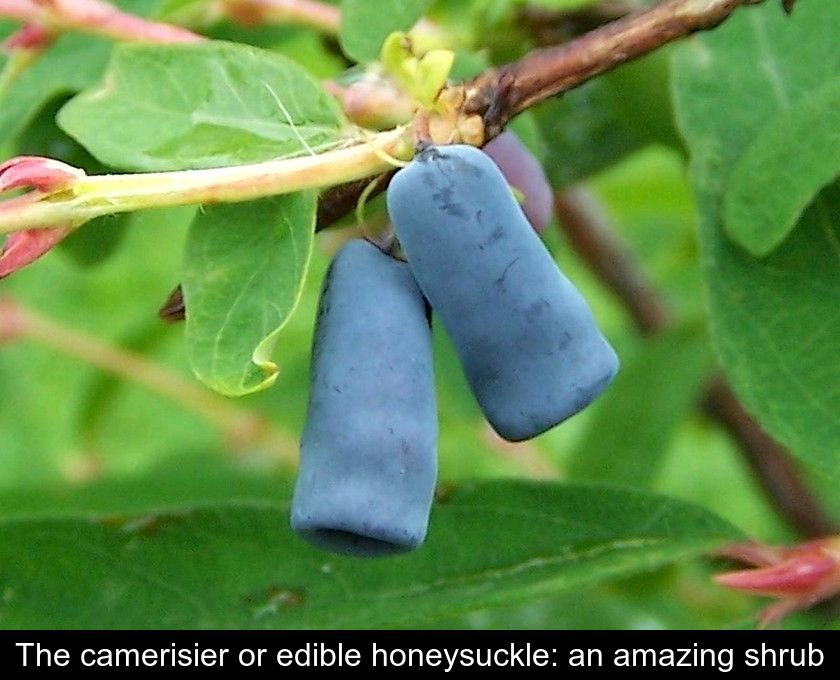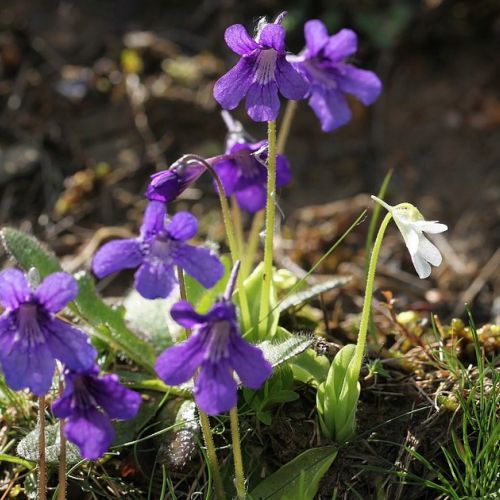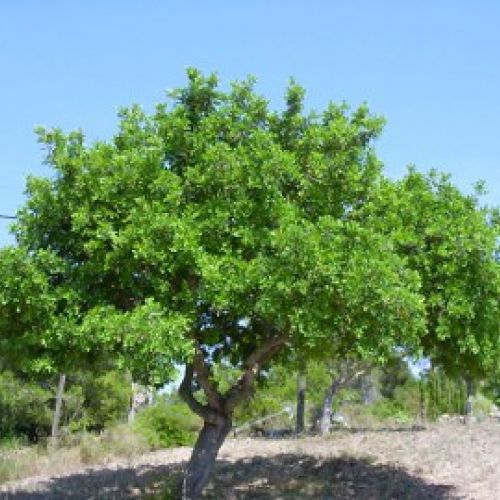The Camerisier Or Edible Honeysuckle: An Amazing Shrub
The camerisier, better known as edible honeysuckle or blue honeysuckle, is a small fruit-bearing shrub that is still little known in France. However, it has amazing characteristics, very interesting to decorate high altitude gardens and/or to treat superfruits lovers.
A fruit bush native to Siberia
Have you ever heard of the camberberry? This small fruiting shrub, whose botanical name is Lonicera caerulea var. Kamtschatica, has many vernacular names.
It is nicknamed edible honeysuckle, may berry, blue Honeysuckle or Siberian huckleberry. The latter name is a reminder that this fruiting shrub is original to Siberia. In Russia, its edible blue berries are highly prized, as well as in Canada.
Beware: blue Honeysuckle should not be confused with another variety of honeysuckle. In fact, the May berries are the only ones that are edible. The berries of all other Honeysuckle varieties are poisonous.
You can use this fruiting shrub in an unobstructed hedge or at the back of a bed or plant it as a lone subject in your garden. You can even grow it in a container on your terrace.
This shrub of the Caprifoliaceae family starts to produce fruit in the second year and can continue to be productive for about 30 years.
A bay to discover
While it is commonly cultivated in Russia and North America, the camellia remains largely unknown in Western Europe.
Although it belongs to the same botanical family as Honeysuckle (Lonicera), this small fruit-bearing shrub reaches a height of 1.5 to 2 meters without making vines like the classic climbing honeysuckle.
It has a bushy habit and spreads to at least a meter. Its deciduous leaves are green and oval with blue-gray highlights.
In early spring, the shrub is covered with small, inconspicuous cream-colored flowers. To facilitate pollination, it is advisable to plant in the garden two cameo trees close together. However, a distance of 1.5 m between each foot should be respected.
This will allow you to obtain edible fruits called camerises or honeyberry in English. These are elongated berries measuring about 2 cm, blue in color and covered with a white bloom.
These fruits reach full maturity in May. They are good to harvest when the outside of the fruit is blue and the inside is completely red. If they have a bitter taste, wait another week or two before picking them.
An easy to live with shrub
Thanks to its Siberian origins, the camerisier is very cold hardy: it can survive temperatures down to -40°C and its flowers are cold resistant down to -7°C.
This fruit-bearing shrub, which originates from a boreal climate, even needs to receive a certain amount of winter cold to produce well the following spring. It is therefore very suitable for high altitude gardens.
It is possible to plant it in autumn or spring, placing it in full sun in cold regions and in part shade in the south of France.
Since this shrub does not tolerate limestone, provide it with moist, cool, drained soil that is neutral to slightly acidic.
Water it regularly for the first three years while its root system develops. Thereafter, it will be able to withstand some drought.
Maintenance is limited to applying compost in March and performing a maintenance pruning if necessary, consisting of cutting off dead or misaligned branches.
This pruning can be done in early winter or after harvest. Depending on the cultivar, you will be able to harvest berries from May through August.
It is also in summer that you can multiply this shrub by cuttings: you will just have to take cuttings from semi-hardened stems (i.e. half hardwood, half soft part).
Berries with multiple virtues
The harvest of the camerisier berries can thus be spread out from May until August.
But you'll need to remain vigilant, as birds are very fond of these fruits. You may need to install bird netting to prevent them from devouring your produce.
These berries are rich in fiber, minerals, Vitamin c and B, and polyphenols, specifically anthocyanins that give them their blue color.
To take advantage of all their nutritional virtues, you can eat them raw, provided you like their taste, which reminds you of blueberries, blackberries but also kiwi!
Once picked, fresh fruit can only be kept for a few days, even in the refrigerator.
You must therefore use them quickly in cooking, for example in juice and smoothies or cooked in compote, jelly and jams...
You can even make wine or herbal teas to take advantage of their antioxidant and antimicrobial properties.








